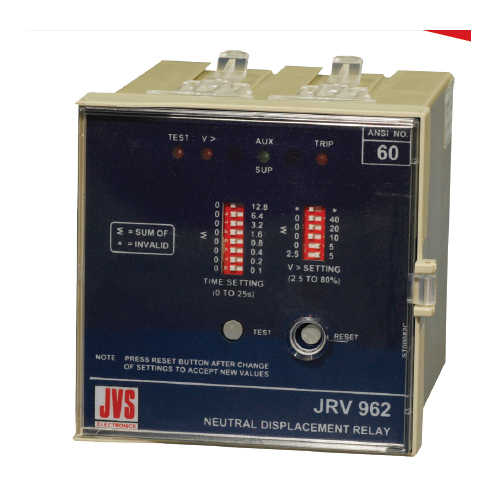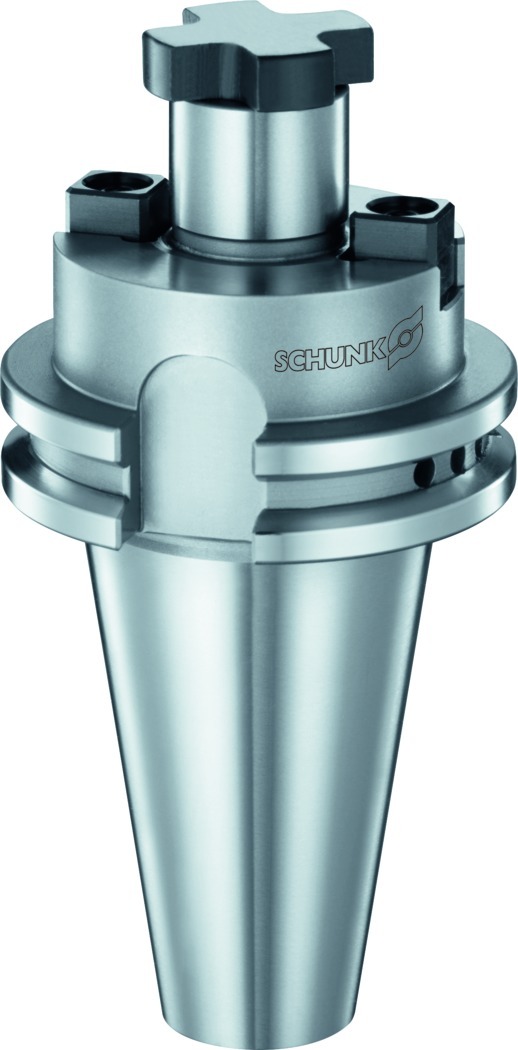Schedule a Call Back
3D Printer Reduces Delivery Time
 Technical Articles
Technical Articles- Jun 03,14
Press Stage Casing for New Side Channel Pump from SERO
A new pump concept for transporting small quantities at high pressures - this was the starting point of the co-operation of SERO PumpSystems GmbH with Schmolz + Bickenbach GUSS. The GUSS Group had fewer than ten weeks for the development, testing and delivery period of the stage casing for the SHP high-pressure side channel pump.

SERO PumpSystems GmbH has designed the new SHP high-pressure side channel pump specifically for transporting liquid-gas mixtures, small outputs and large discharge heads at a nominal pressure of 100 bar in petrochemistry, chemistry and process technology. In the past, rotary pumps have been used for this, which work either well above the synchronous speed (up to 25,000 rpm) or have running wheels with a large diameter and very small channels. Both solutions are problematic for conceptual reasons and tend to be unpopular with users as they are prone to failures and they are cost intensive. The SHP side channel pump is therefore an attractive alternative for this specific quantity-pressure range. "With the new SHP barrel pump, increased operational reliability is guaranteed, as it has been constructed and designed in accordance with the relevant refinery directive API 610. Our demands for the stability of the stage casing were accordingly high," explains Frank Hassert, technical director at SERO. A further challenge: the casing delivery time amounted to fewer than ten weeks - including a very extensive final functional testing phase on the prototype.
The prototype: 3D printer saves time
 Because of the tight timeframe, the GUSS Group decided to produce the prototype using the 3D printer. After a production period of only eight weeks, casting took place using the precision casting process. This stands out for its excellent, smooth surfaces (Ra 1.6 - 3.2). This is an important factor, as the stage casing is a flow-channelling component and a rough surface would result in undesired hydraulic losses. Another advantage lies in the accuracy within the range of a tenth of a millimetre and the contour near the end. For the material, the GUSS Group used austenitic cast stainless steel 1.4409. Because of its low carbon content, this has high corrosion resistance even on welds. Moreover, it is compliant both with refinery directive API 610 and with the demand of the NACE directive for sour gas applications.
Because of the tight timeframe, the GUSS Group decided to produce the prototype using the 3D printer. After a production period of only eight weeks, casting took place using the precision casting process. This stands out for its excellent, smooth surfaces (Ra 1.6 - 3.2). This is an important factor, as the stage casing is a flow-channelling component and a rough surface would result in undesired hydraulic losses. Another advantage lies in the accuracy within the range of a tenth of a millimetre and the contour near the end. For the material, the GUSS Group used austenitic cast stainless steel 1.4409. Because of its low carbon content, this has high corrosion resistance even on welds. Moreover, it is compliant both with refinery directive API 610 and with the demand of the NACE directive for sour gas applications.
Extensive trial phase
SERO subjected the initial prototype of the stage casing to an intensive series of tests. Here, the hydraulic functionality, i.e. conveying performance in different load ranges and NPSH performance, were tested as were the assembly and dismantling concept. Based on the results, the stage casing was then modified again. Final production of a precision casting tool for series production of the stage casing then took place. The NPSH value, which is affected by factors including the stage casing, is below 25 centimetres.
(Vera Jansen, Schmolz + Bickenbach Guss Group, Germany. Email: v.jansen@schmolz-bickenbach.com)
Related Products

Single Pole, Neutral Displacement Relay
JVS Electronics
Pvt Ltd offers a wide range of single pole, neutral displacement relay -
JRV 962.

Face Mill Arbors
Schunk Intec India Pvt Ltd offers a wide range of face
mill arbors.

Hardy - Chassis Mounted Weighing Card for Rockwell PLCs
Kore Mechatronics Private Limited offers a wide range of
hardy - chassis mounted weighing card for Rockwell PLCs.
















